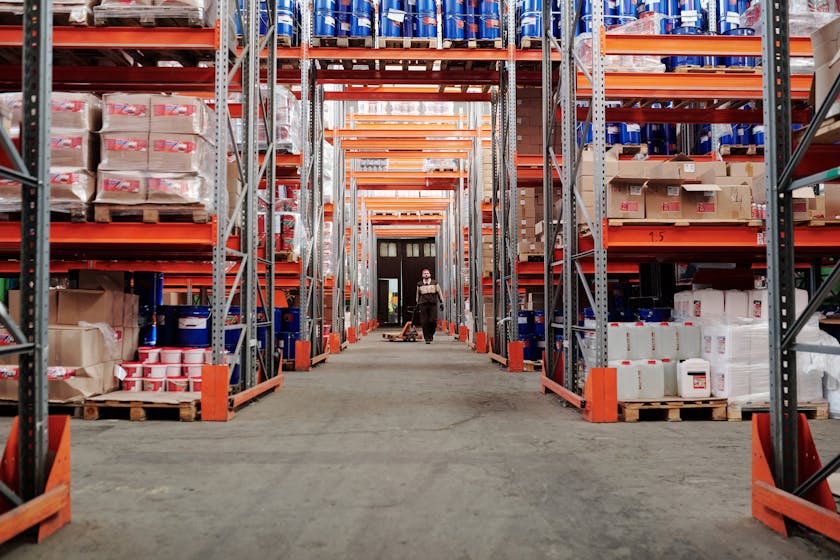When considering bulk meal storage for emergency preparedness, it’s essential to prioritize both nutritional value and shelf-life. Emergencies are unforeseen, and having a substantial stockpile can make all the difference in your family’s well-being during such events.
Understanding the Basics of Bulk Meal Storage
Before you begin the process of storing meals in bulk, you must understand the fundamental requirements for effective long-term storage. Key factors include a cool, dry environment to prevent spoilage, and the use of airtight containers to ward off pests and maintain the quality of your food.
Selecting the Right Foods for Your Emergency Pantry
Choosing the right types of food is crucial when building your emergency meal storage. Opt for non-perishable items such as dried grains, beans, powdered milk, and canned goods. These items offer a long shelf-life and are packed with essential nutrients required to maintain health in emergency situations.
The Importance of Rotation and Shelf-Life
Even non-perishable foods have expiration dates. To avoid waste and ensure freshness, practice the “first in, first out” principle. Regularly rotate your stock by using the oldest items first and replacing them with newer ones.
Practical Tips for Organizing Your Emergency Meal Storage
Organization is key in ensuring your bulk meal storage is easily accessible and manageable. Label all containers with purchase dates and expiration dates. Use shelving units to maximize space and keep similar items together for convenience.
Utilizing Vacuum Sealing for Extended Preservation
Vacuum sealing is an excellent method for prolonging the shelf life of your food. By removing air from the packaging, you reduce the risk of bacterial growth and oxidation, factors that can lead to food spoilage.
Creating a Varied Menu from Your Bulk Storage
Having a variety of foods in your storage allows for the creation of diverse and nutritious meals. Plan a menu that utilizes different food groups to ensure your family receives a balanced diet during an emergency.
Incorporating Fresh Produce in Your Storage Plan
While bulk items are the backbone of your emergency storage, don’t overlook fresh produce. Certain root vegetables and fruits with a longer shelf-life can be stored in cool, dark places and provide fresh nutrients when needed.
Ensuring Food Safety in Emergency Situations
Food safety is paramount in emergency situations. Ensure you have the means to cook or heat food without electricity if necessary. Portable gas stoves or solar ovens are excellent options for preparing meals without traditional power sources.
Don’t Forget Water: The Essential Companion to Your Meals
Water is a critical component of emergency preparedness. Store enough water for drinking, cooking, and sanitation. Consider water purification methods like tablets or filters in case your supply runs low.
Regularly Update Your Emergency Meal Plan
As your family’s needs change, so should your emergency meal storage. Update your bulk storage items to accommodate dietary restrictions, preferences, and the growth of your family members.
Taking the time to establish a comprehensive bulk meal storage for emergency preparedness can seem daunting, but it is an invaluable investment in your family’s security. By following these guidelines, you’ll be well-equipped to handle unexpected events with confidence.




